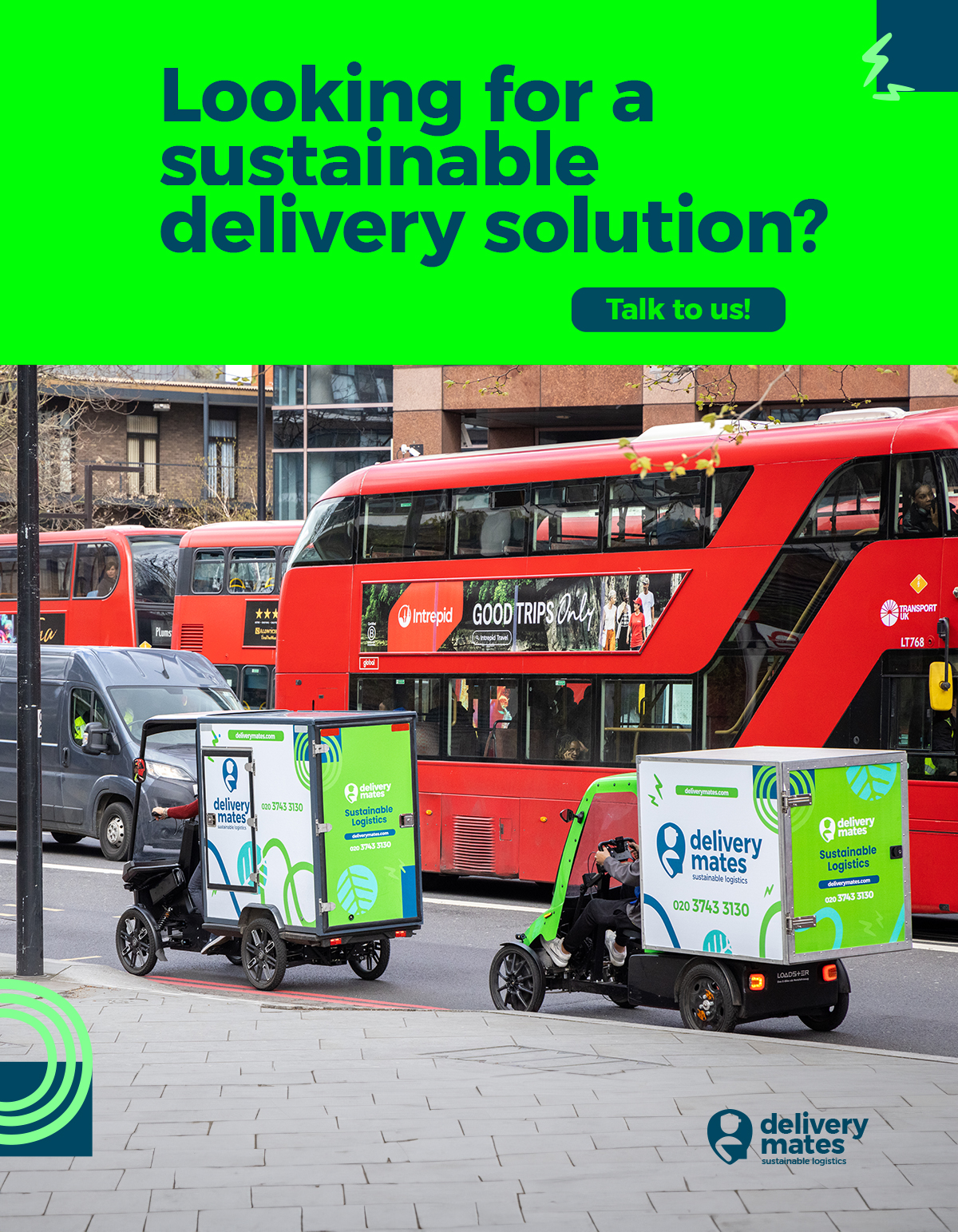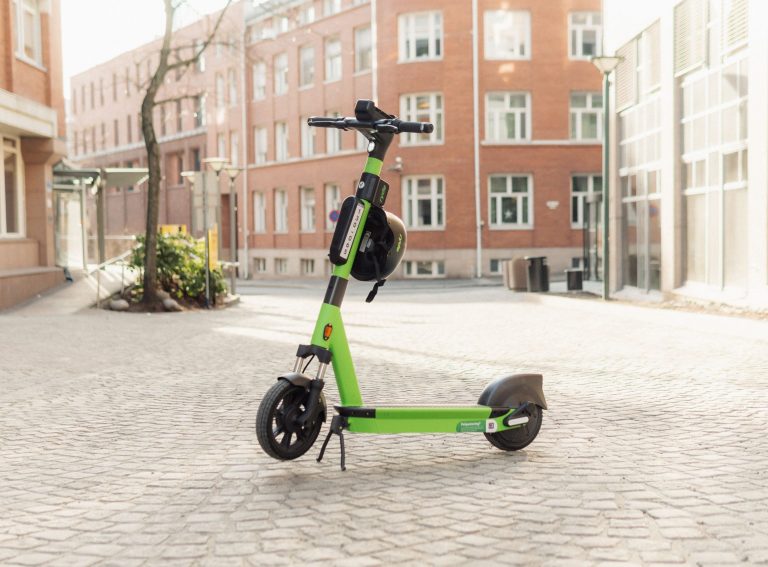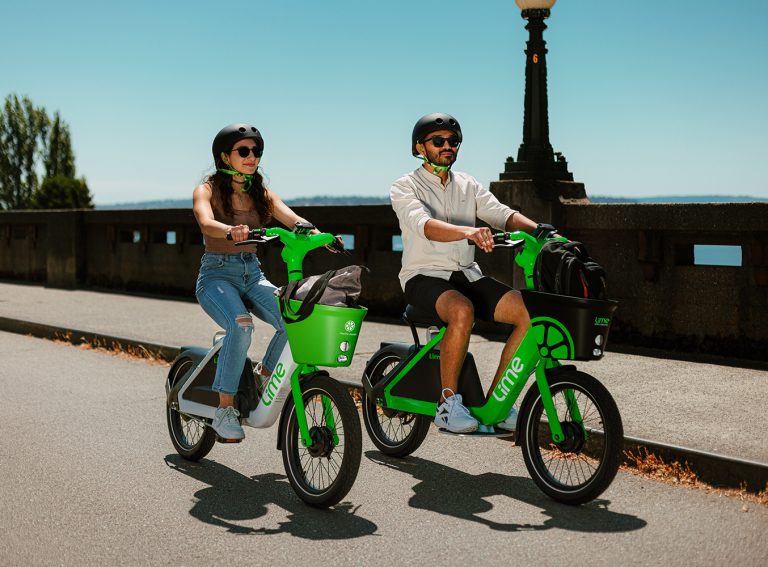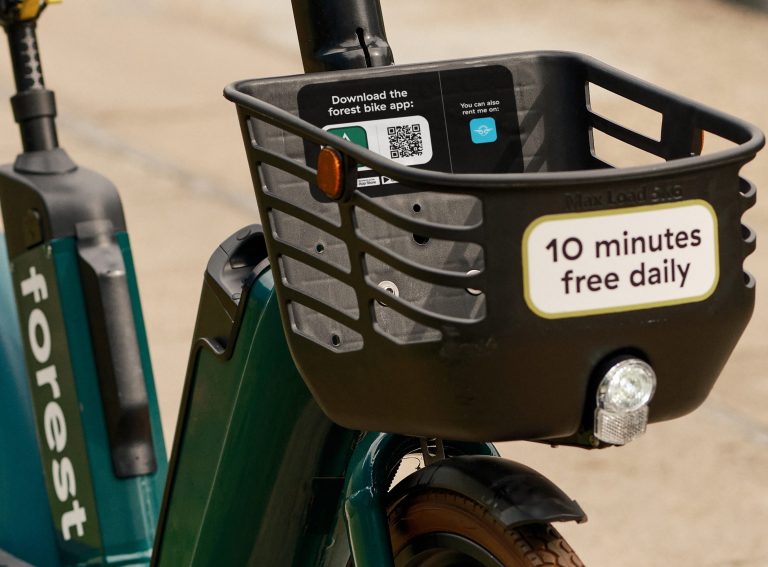Researchers at the University of Oregon have collated the social equity efforts from 239 shared micromobility programmes across the US and turned the data into a dashboard that city officials can use.
The goal is to operationalise how different micromobility companies are approaching equity in the micromobility space.
This is to ensure micromobility programmes are not just being used for fun, but are serving the communities who need them most.
Keeping a focus on equity could improve the lives of people with disabilities, people with low incomes, those who don’t have access to a smartphone, and those who live in neighbourhoods without good transit access.
Dashboard filters let the user sort by mode, city population size, and specific programme requirements.
This means cities looking to introduce a new programme or rethink their existing micromobility service can get detailed information about adaptive vehicles, reduced fares, cash payment options, smartphone alternatives, multilingual services and more.
“Our hope is that companies or cities starting a new programme can use the dashboard and find specific language for equity requirements in other comparable cities,” said Dr. Anne Brown, Assistant Professor in the School of Planning, Public Policy, and Management at the University of Oregon, who led the research.
“Micromobility companies are now going to smaller communities, but their staff often don’t have the bandwidth to study in depth what other places are doing.”
What cities are doing for equity
While equity requirements were common, they were far from universal.
Of the 239 programmes in the study, 149 (about 62%) had requirements related to equity.
The researchers have designed a shared micromobility equity evaluation tool, which lets equity programme managers see their equity “score” in three key areas: process, implementation and evaluation.
In the area of implementation equity (social and spatial), cities most commonly include requirements related to technology access, including smartphone-alternative access (found in 35% of programmes), cash payment options (33%) and a reduced fare option (32%).
The least common requirement was to include adaptive vehicles for people with disabilities (5%).
Equity programmes were more common among e-scooter programmes than bikeshare.
Researchers also found that cities often focus on expanding access to shared micromobility services, but fewer evaluate shared micromobility outcomes.
“Unfortunately, there is still a disconnect between goals, implementation, and outcomes,” said Amanda Howell, Researcher with the Urbanism Next Center at the University of Oregon.
“For example, cities want to expand access, so they will have a reduced fare requirement, but then they are not really collecting data to understand utilisation of these programmes. So, how effective are these programmes? This is a question that’s still very difficult to answer, because most places are not collecting the data they need to answer those questions.”




